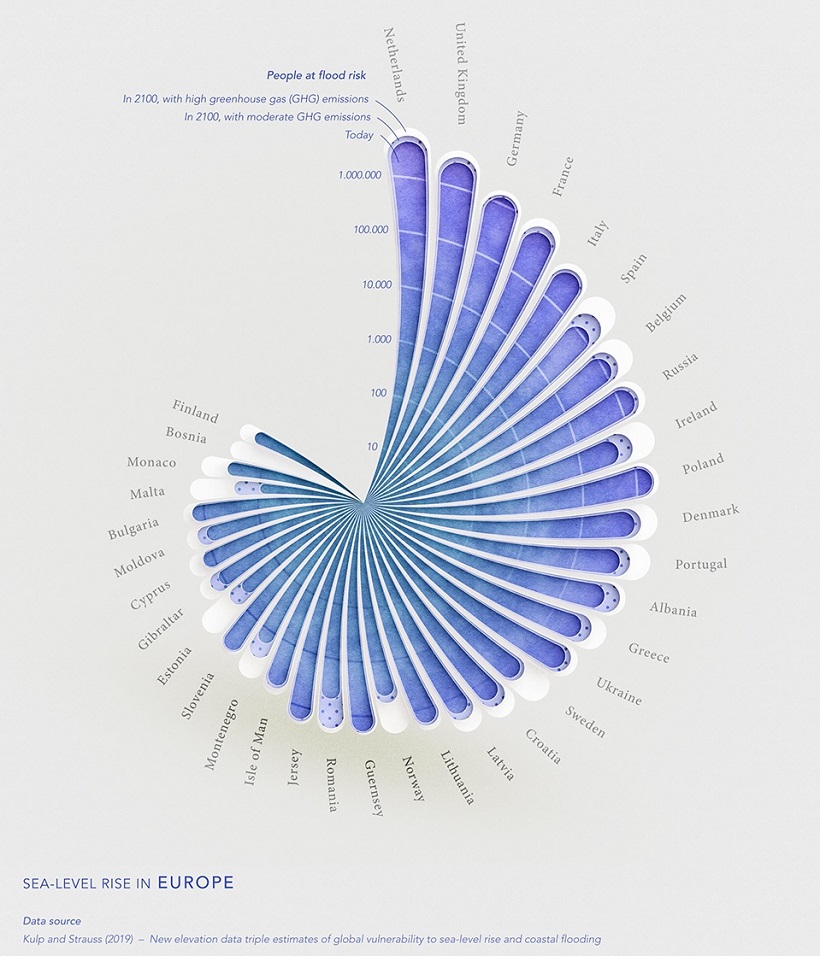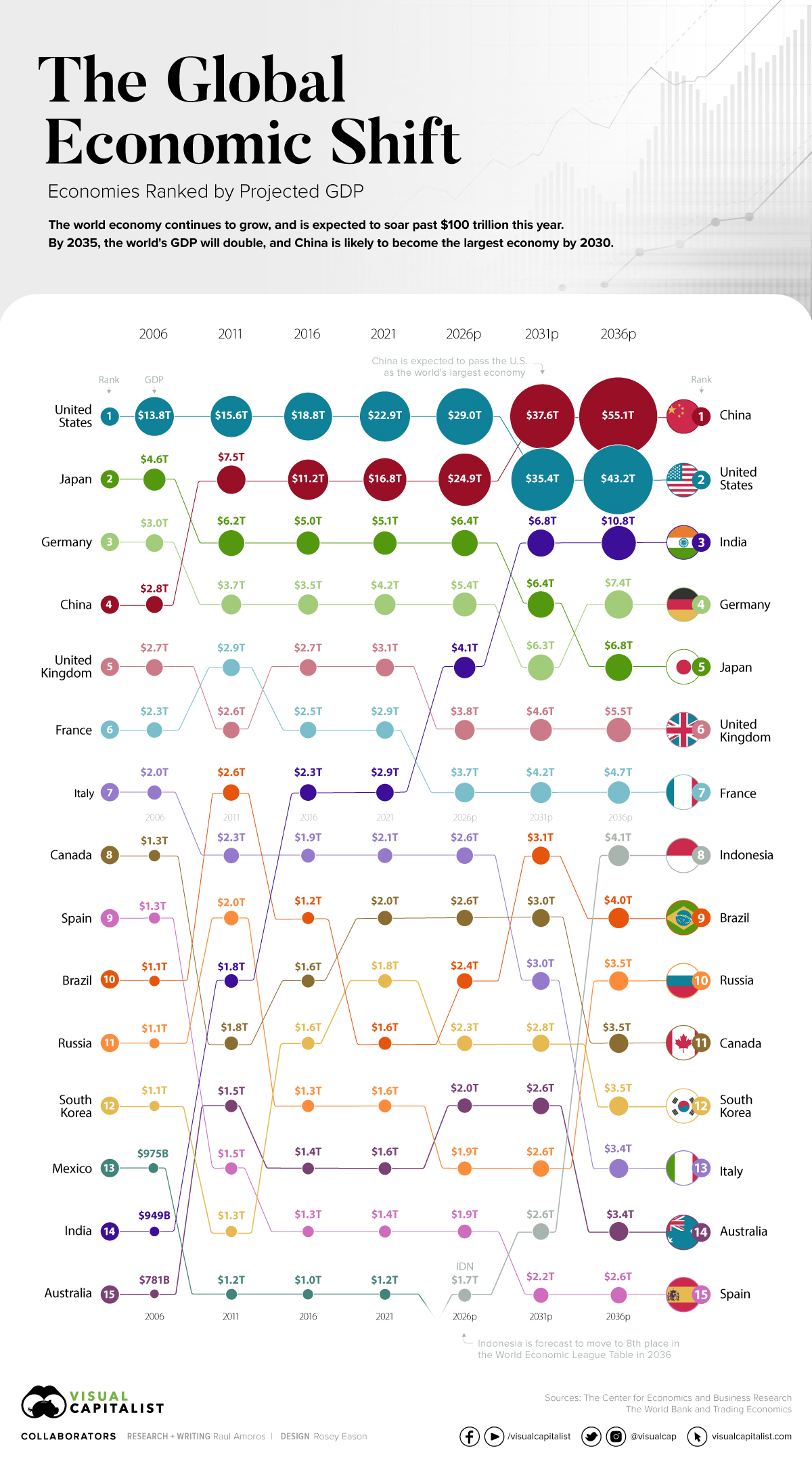Pósters de propaganda en la II Guerra Mundial
During World War Two, propaganda posters became something of an art form and some examples are very well known even today. It’s been claimed that truth is often the first casualty of war, and it is very interesting to see how the events of the time were depicted in this selection of posters and leaflets from both sides of the conflict.

Allied governments posted frequent warnings to the civilian population about the dangers of careless talk, which might inadvertently reveal secrets to the enemy. The poster below right similarly warned of the dangers of loose talk while in the company of ladies:


Apparently you never knew when Hitler himself might be listening under the table, on the telephone wires, in the luggage rack on the train or even sitting behind you on the bus:


More graphic posters left the public in no doubt of the dangers to the Atlantic convoys if Axis spies overheard details of maritime movements or military operations such as those involving paratroopers.


And of course if you didn’t car pool and save fuel for the war effort, you might as well be riding to the office with the Fuehrer himself:



Hitler is portrayed as a comical cartoon character in the poster about the British and US bombing campaign; another humorous Allied poster depicts Hitler caught with his ‘panzers down’:

However, the German leader was rarely seen by Soviet artists in such an amusing light during the course of the war. In these vicious examples, Hitler is dehumanized and made to look like a demon

This British poster shows Hitler as a monstrous man-eater, dining on the bones of the conquered nations of Europe (below left). ON the right is another Soviet frightening poster, showing the "Face of Hitlerism":

This one, also from the UK, depicts Hitler and his henchmen as the horsemen of apocalypse, destroying everything in their path (below left). The poster on the right shows Soviet depiction of giving over of Czechoslovakia to Hitler in 1938:

Here we see the solidarity of the Allied forces, crushing the enemy from all sides:


Soviet propaganda always tended to show the victorious Red Army driving the fascist invaders from their homeland, usually in a very violent manner. "Russian People Will Never Bend Their Knee!":


However, it should be noted that Soviet propaganda, in an attempt to galvanize the defense of the country, had no problem appealing to the old fashioned patriotism and the idea of ‘the Motherland’, which had been very much pushed into the background after the introduction of communism after 1917. Here Russian boys with their toy planes watch the air force soar into battle, no doubt dreaming of the day when they can enlist:

Heroic Red Army soldiers and loyal partisans are shown here under Stalin’s watchful gaze (below left). Stalin is portrayed here as the father of his people (on the right):

"Grow, little giant! The Soviet Army is watching over you!" -

Soviet artists were also not averse to making comparisons with another earlier, and ultimately unsuccessful, invasion, that of Napoleon in 1812.

This Soviet poster was aimed at the population of Ukraine, ‘two boots make a pair’ referring to Ukrainian nationalists as German collaborators and no better than the Nazis themselves. Ukranian nationalists answer with their own anti-Soviet propaganda (below right):

The Germans of course produced propaganda of their own throughout the war. This one, featuring a vicious communist wolf, was directed against the subject races of the Soviet Union, who the Germans sometimes claimed to be liberating from oppression:

These leaflets were usually dropped by the German air force on American and British troops fighting in Western Europe after D Day, in an attempt to destroy morale (below left). The German poster on the right gives a good impression of how the government tried to maintain morale in the face of relentless Allied bombing raids against German cities and the resulting civilian casualties:

The heroic German soldier naturally depended on the hard work of the equally heroic factory worker, tirelessly devoted to the nation’s cause (below left). Russian workers are on the right:

Always eager for new recruits, the SS attempted to entice Dutch men to join the fight against communists on the Eastern front.

This German leaflet dates from the Italian campaign in early 1944, warning Allied troops of the certain death that was sure to await them in the Anzio landings on the coast just south of Rome (below left). Below right: "Join the German War Marine!" -

In case they needed reminding, this famous poster reminded Americans of the nature of the enemy they were fighting (below left). Just in case anyone forgot, here’s a Nazi jackboot crushing a small town American church:

These two posters encourage increased productivity of American war materials:

Just as the Soviet artists liked to refer to Napoleon’s invasion of Russia in 1812, this poster depicts Americans fighting for liberty in both 1778 and 1943. On the right: "Liberty Sowing the Seeds of Victory", poster from 1917:

Here’s a selection from the war in the Pacific. The German, Italian and Japanese flags feature prominently in this one from around the same time (below left). The famous poster on the right played on fears that Japan might launch an invasion of Australia:

And finally, also from the Axis side, this Italian poster portrays the ‘liberators’. The Statue of Liberty is shown as an angel of death, and Italian cities in flames after a bombing raid (below left). Shown on the right is the German "Liberators" poster, saving Europe from Communism:

Talking about "Hall of Mirrors"... Here is Hitler the Liberator (Ukraine, 1942), and Stalin the Monster (Poland, 1940):

Also "Liberators", this one is the German 1944 poster. "World's Most Beautiful Leg?"... Really? -

(German 1944 poster)
Bonus: Soviet posters from the 1980s depicted American "Imperial Appetites" in a similarly sinister way:

Suscribirse a:
Entradas (Atom)
Siemens, la obra del hijo de un campesino que pisó la cárcel antes de ser noble
(esta historia no está incluida en mi último libro La prehistoria, y algo de la historia, de 66 empresas: Nacionales y extranjeras, tod...
-
En una ocasión un famoso alquimista escribió una obra titulada “Crisopeya o arte de fabricar oro” y se la presentó al papa León X, dando por...
-
Con este desafortunado título sumado a una desafortunada portada, Ángel Matute y Miguel Larrañaga presentan un libro serio que es a la vez u...
-
Net Worth Calculated March 2012 Rank Name Net Worth Age Source Country of Citizenship 1 Carlos Slim Helu & family $69 ...









